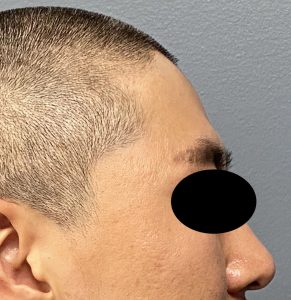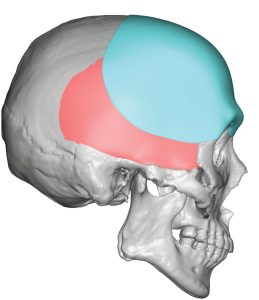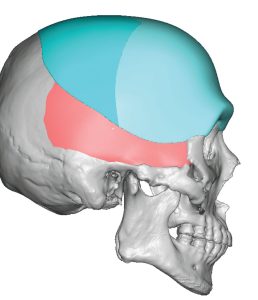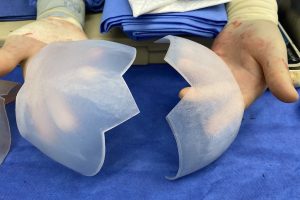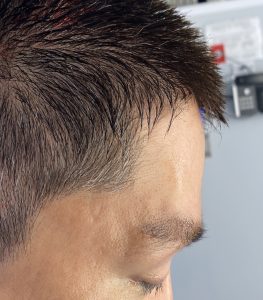Background: The upper third of the face is seemingly a rather featureless region that would not appear to be complex for augmentation. But the reality is that it is one of the hardest facial areas aesthetically to do so given its large surface area and important anatomic areas. There are numerous important upper facial landmarks including the brow bones, the slope and width of the forehead and how the forehead blends into the lateral temporal and upper head areas.
The male poses more challenges than females for upper third facial augmentation because of the need for brow bone augmentation and to usually add forehead width. The brow bones alone have a complex anatomy that is difficult to get just right. And the need to decrease the slope of the forehead will require crossing the bony temporal line on the side of the forehead as well as extending the footprint of the implant further back onto the top of the head.
While a forehead-brow bone augmentation is possible because of the use custom implant designs that does not mean that everyone will get their perfect or ideal result. While the implant is custom designed there is no exact science as to how to make the implant create exactly what the patient wants. And in some cases even a very good result may be secondarily viewed as how to make it even better. (a common occurrence in custom facial implant patient)
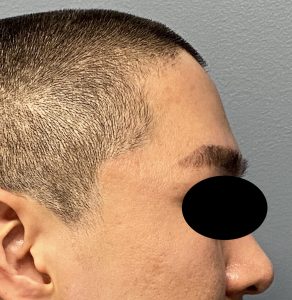
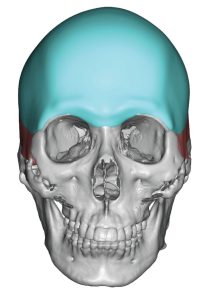
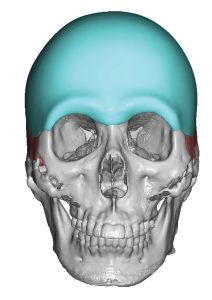
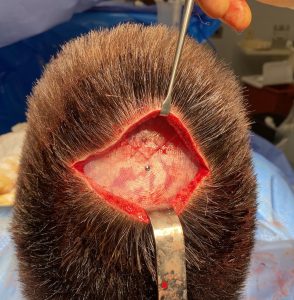

While many custom implant patients get their expected result from the initial surgery some do not. While all get improvement the custom design process allows for an understanding of the exact cause and effect of the impact of the design to the aesthetic result. That knowledge allows an even better implant design to be made and implanted.
Case Highlights:
1) Major upper third of the face augmentation in males encompasses the brow bones, forehead and temporal regions.
2) Custom implant designs are best guess estimates of the desired aesthetic effect whose exact effect may not be known until implantation and full healing.
3) Larger custom forehead-brow bone implant designs may require a two piece approach to their placement.
Dr. Barry Eppley
World-Renowned Plastic Surgeon



